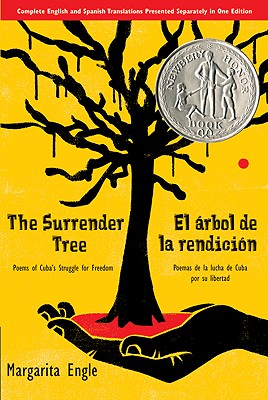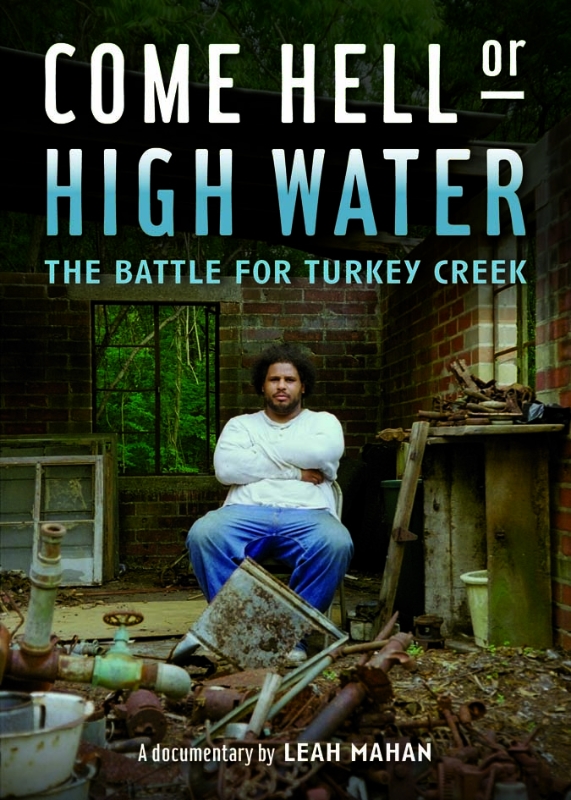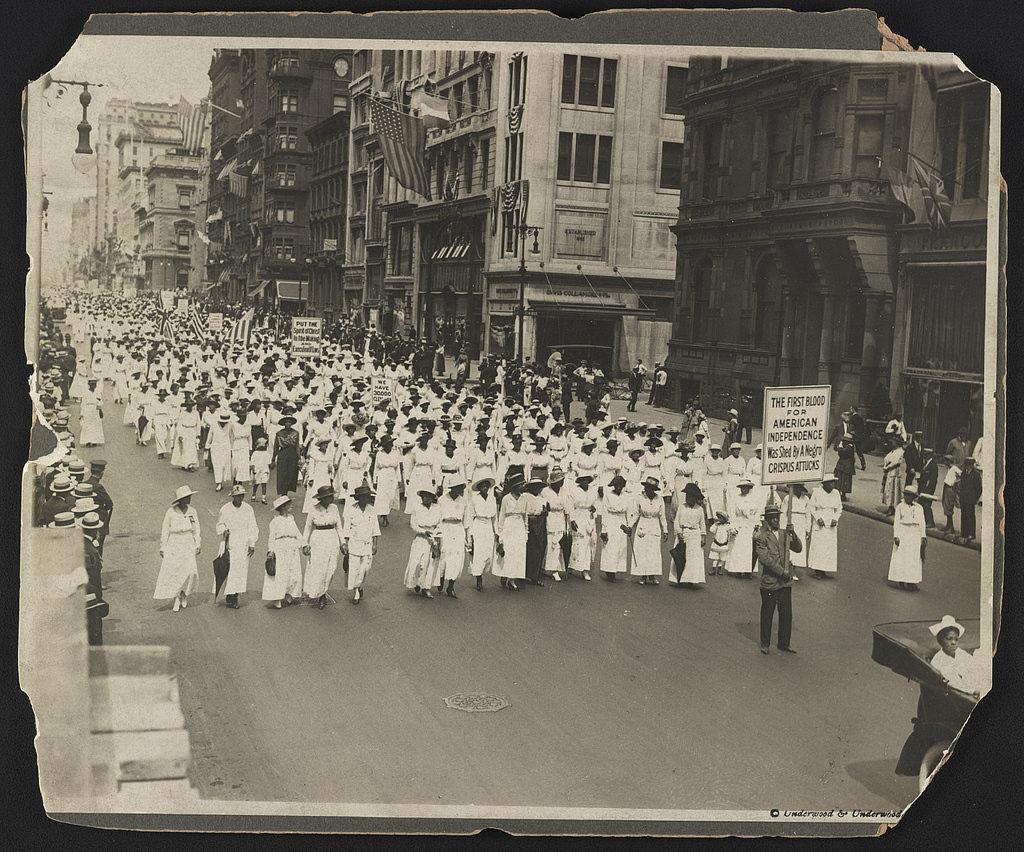Book — Fiction. By Pat Carr. 2002. 166 pages.
Historical fiction account of the 1921 attack on Tulsa's Black neighborhood Greenwood, known as "Black Wall Street."
Continue reading
Teaching Activity. By Linda Christensen. Rethinking Schools. 20 pages.
Teaching about racist patterns of murder, theft, displacement, and wealth inequality through the 1921 Tulsa Massacre.
Continue reading
Book — Historical fiction. By Sonia Manzano. 2012. 224 pages.
A coming-of-age story set in New York's El Barrio in 1969 using actual news accounts of the Young Lords taking control of their destinies.
Continue reading
Book — Fiction. By Margarita Engle. 2010. 384 pages.
Bilingual book of historical fiction in verse about Cuba's long fight for independence in the 19th century.
Continue reading
Profile.
A brief biography of James Baldwin, writer and social critic.
Continue reading
Article. By Clyde Kennard. 1958.
Letter to the editor of the Hattiesburg American on integration.
Continue reading
Article. By Clyde Kennard. 1960.
Letter to the editor of Hattiesburg American on school integration.
Continue reading
Teaching Activity. By Bill Bigelow and Norm Diamond. 8 pages.
In this “mystery” activity, students receive clues and discuss some of the factors that contributed to the intensification of racism in the 1920s in the United States.
Continue reading
Article. Bob Herbert. Jacobin Magazine. 2013.
A critique of the "feel good" and "sentimental stick figure" mis-representations of Nelson Mandela and Dr. King in mass media.
Continue reading
Book — Non-fiction. Danny Schechter. 2013. 272 pages.
Companion book to the 2013 film about Nelson Mandela, Mandela: Long Walk to Freedom.
Continue reading
Teaching Guide. By Bill Bigelow. 1987. 24 pages.
Lessons and activities that accompany the 1986 film Witness to Apartheid.
Continue reading
Teaching Guide. By Bill Bigelow. 6 pages.
Lessons to accompany the 1985 video "Sun City" that promoted the cultural boycott of South Africa initiated by Little Steven van Zandt of Bruce Springsteen’s E St. Band.
Continue reading
Teaching Activity. By Hyung Kyu Nam. 2003.
Explores the multiple causes of racial segregation and environmental racism, and helps students understand how institutional racism is perpetuated in the post-Civil Rights era.
Continue reading
Article. By Clarence Lusane. 2014.
Critical review of an upper elementary non-fiction book about George Washington and the people he kept in bondage.
Continue reading
Profiles. Zinn Education Project. 2014.
Brief biographies of 25 Black abolitionists.
Continue reading
Film. By Leah Mahan. 2013. 60 minutes.
Documentary about the impact of “development” on a historically African American community in Gulfport, Mississippi.
Continue reading
Article. By Clarence Lusane. 2014. If We Knew Our History Series.
Textbooks erase enslaved African Americans from the White House and the presidency and present a false portrait of our country’s history.
Continue reading
Digital collection. Firsthand accounts and primary sources of the internment of Japanese Americans during WWII.
Continue reading
W. E. B. Du Bois and the NAACP organized a silent march in New York City to protest the massacres and lynchings of African Americans.
Continue reading
Film. Written, produced, and directed by Stanley Nelson. 2014. 120 minutes.
Documentary about 1964 Freedom Summer in Mississippi.
Continue reading
Book — Non-fiction. By Charles E. Cobb Jr. 2015. 328 pages.
Cobb Jr. describes the vital role that armed self-defense played in the survival and liberation of black communities in America during the Southern Freedom Movement of the 1960s.
Continue reading
Profile.
Hartman Turnbow (March 20, 1905–August 15, 1988), was Mileston, Miss., farmer and fiery orator known for inspiring people during the Civil Rights Movement.
Continue reading
Book — Non-fiction. By Robert Rodgers Korstad. 2003. 576 pages.
Chronicles the rise and fall of the union that represented thousands of African American tobacco factory workers in Winston-Salem, N.C.
Continue reading
Teaching Activity. By Brian C. Gibbs. Rethinking Schools. 6 pages.
A teacher uses the activist history of Theodore Roosevelt High School in East Los Angeles to pose students the question: “What would you be willing to do to create change?"
Continue reading
Book — Non-fiction. By Hasan Kwame Jeffries. 2010. 372 pages.
History of the role that activists in Lowndes County played in spurring Black activists nationwide to fight for civil and human rights in new and more radical ways.
Continue reading

























